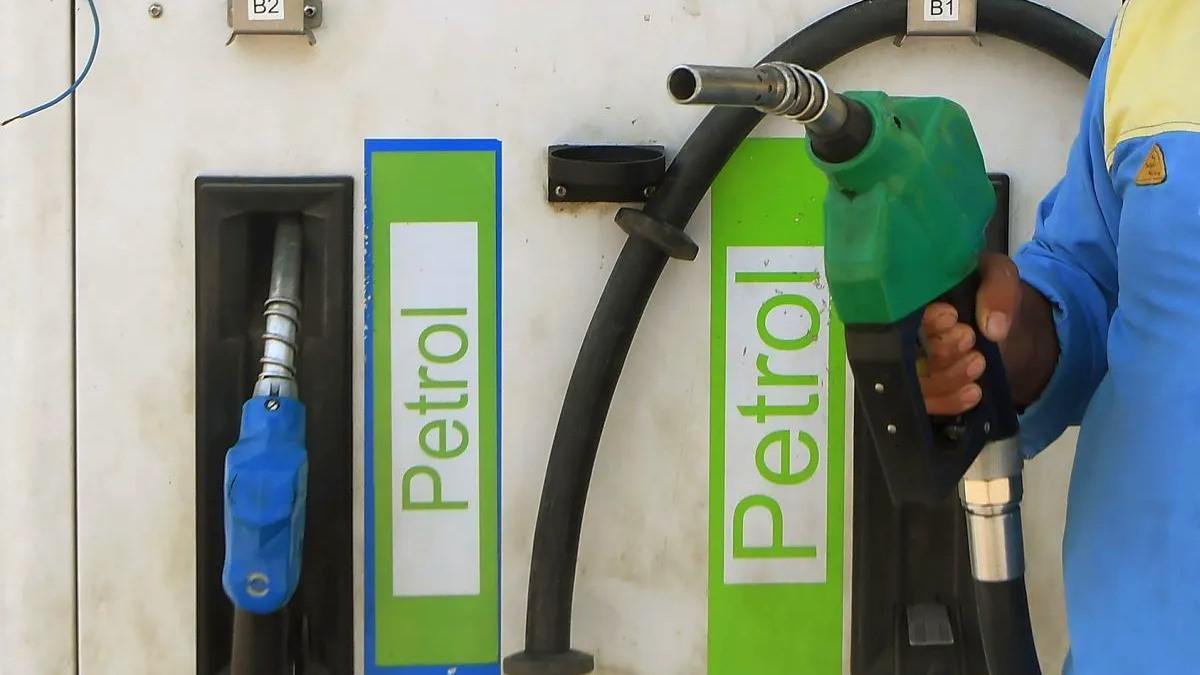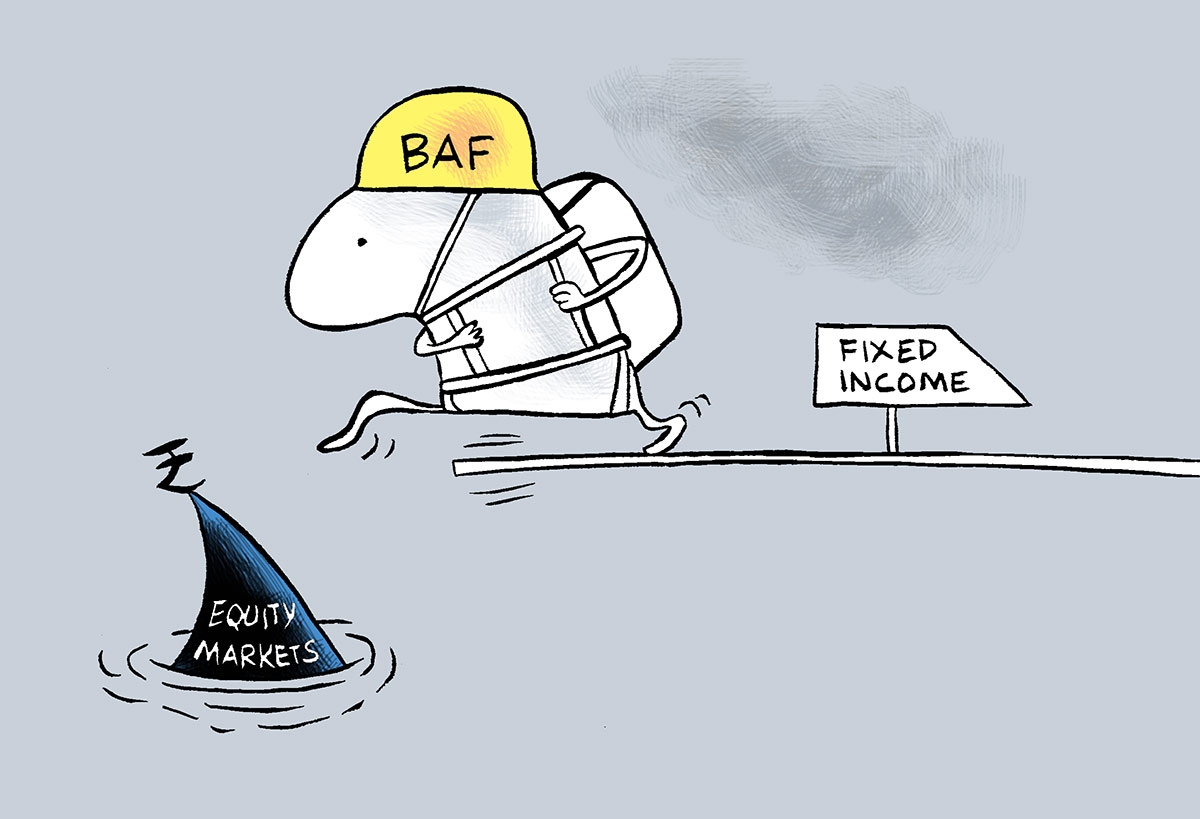‘Crude oil prices are around $66-67 per barrel now but could fall to $55-60 if global disturbances ease.’

Kindly note the image have only been published for representational purposes. Photograph: ANI Photo
Indian Oil Corporation (IOC), India’s largest oil refiner, is working on an expansion plan in line with the country’s growing fuel requirements.
In an exclusive interaction with Shubhangi Mathur/Business Standard, Chairman Arvinder Singh Sahney talks of the company’s growth plan and also sets the record straight on the E20 controversy.
How do you look at the controversy over ethanol-blended petrol? Do you plan to offer consumers the choice of buying non-blended petrol too? And is E20 (20 per cent ethanol blending) as efficient as petrol?
As of now, we do not have any plans to offer non-blended petrol. We will see how it pans out and take a call accordingly. There is no controversy on E20 petrol.
All the equipment manufacturers, labs, and agencies have certified that there is no problem with E20.
We have a good example of Brazil, where petrol with 27-32 per cent ethanol blending is being sold. The efficiency of E20 is more or less on a par with that of petrol.
India aims to become a refining hub. How would IOC contribute to that?
Given the need for India’s increasing demand for fuel, IOC started expanding brownfield refineries three-four years ago.
These projects are set to increase the group’s refining capacity from 80.4 million tonnes to 98 million tonnes per annum.
They are scheduled to be commissioned next year. The increased capacity will take care of a large part of the increased demand for petroleum products.
In the same timeframe, other refinery projects will also come up, including the expansion of the Rajasthan and Numaligarh (Assam) refineries.
The Indian market is expanding at a moderate pace, with diesel consumption growing at 2–3% and petrol at 5–7%.
The industry will also actively pursue exporting surplus petroleum products once production begins following the completion of planned refinery expansions.
Which markets do you plan to target for export?
Petroleum products will go primarily to the African subcontinent and South American continent.
Certain refineries are closing in the European Union. They will need products that meet Euro VI standards.
Our products meet those quality standards. So, Europe is another geography. For IOC, export accounts for 5-8 per cent of its volumes. This is going to increase.

IMAGE: Arvinder Singh Sahney.
Photograph: Courtesy, Indian Oil Corporation/Instagram
What are the timelines involved in these expansion projects?
We are aiming to complete the expansion of the Panipat refinery by March.
Those in Gujarat and Bihar (Barauni) too will see completion by next year. Much of our refinery expansion will be commissioned by 2026.
Are you planning to set up greenfield refineries?
Not at present. We are focused on executing brownfield expansion while addressing the energy transition.
With the rise of electric vehicles, green hydrogen, ethanol, sustainable aviation fuel, and other alternative fuels, the growth of petroleum products will be moderate.
However, as the country’s leading energy provider, we may consider setting up a greenfield refinery, depending on the evolving demand-supply scenario.
Indian Oil has an upcoming greenfield refinery with Chennai Petroleum in Tamil Nadu.
We are working out the configuration, which will be more suitable for petrochemicals and less for refineries.
We want to convert it into a petrochemical-oriented project. The detailed feasibility report is being prepared for the project.
Saudi Arabia is looking to increase its share in the global oil market. Are you in talks with the people there?
We are not in any kind of talks. We know some newer (Indian) refineries are in talks but we are keeping our crude oil portfolio in an open manner because we want to process as many type of crude oil as possible.
We have flexibility of 10 refineries which can process almost all kinds of crude oil. That is our strength.
On IOC’s green-hydrogen plant in Panipat?
We are putting up India’s largest green hydrogen plant at Panipat, with a capacity of 10,000 tonnes per annum.
It will be commissioned by December 2027 and will be utilised for mobility purposes if enough hydrogen-fuelled buses, trucks or cars are available in the market.
Otherwise, we will use it in our refineries and replace the conventional grey hydrogen with green hydrogen. The cost of production will be less than $4 per kg.
IOC is also foraying into new energy such as nuclear and critical minerals.
Nuclear energy, critical minerals, and ship building are on our drawing board. It is premature to talk about these things.
What is your outlook on crude oil prices?
Prices now are $66-67 a barrel in spite of all the disturbances happening across the world.
My assessment is that if these disturbances ease then prices will further come down by $5-10, reaching $55-60.
Feature Presentation: Rajesh Alva/Rediff




